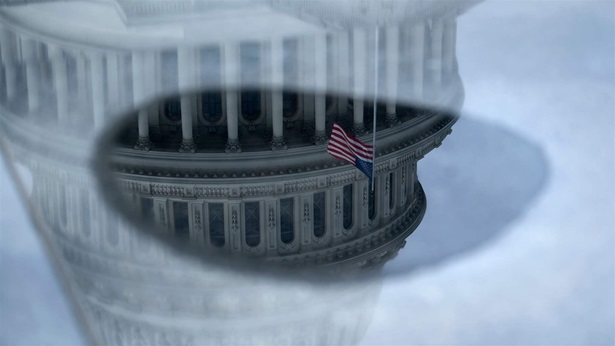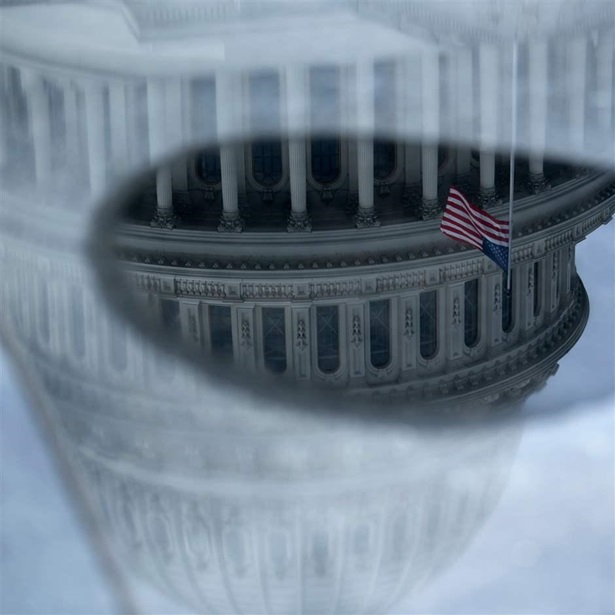How Using Rainy Day Funds Affects State Credit Ratings
Agency officials say smart management and design contribute to high marks

Credit ratings are critically important for state governments. A low rating may suggest to investors that a state is more likely to default on the debt it issues. That makes it more costly for a state to borrow money and adds strain to its budget. A robust rainy day fund, however, can have a significant positive impact on a state’s credit rating.
A flush savings account will make the ratings agencies—and investors—more confident that the state will be able to pay its bills, but state officials sometimes worry that using their rainy day funds as intended will harm their ratings, even during an economic downturn as severe as the one they now face.
However, interviews with senior officials at the three largest credit rating agencies—Fitch, Moody’s, and S&P Global—and additional research by Pew make it clear that withdrawals from reserves at appropriate times may not be a credit negative. In fact, tapping the rainy day fund can reduce the chance of a credit downgrade.
Rating agencies typically favor states that design their rainy day funds to align with turns in the economic cycle by depositing revenue during good times and spending those reserves when things turn bad. The funds can be one tool in covering budget shortfalls.
Rainy day funds are most effective if used as part of a multiyear strategic plan. Accessing reserves early can buy time in the budget cycle to explore other options. Still, Emily Raimes, vice president and senior credit officer for Moody’s Investors Service, said her agency looks more favorably when states do not fully deplete the fund early in a downturn.
Such an approach, she said, “signals that states are willing to look for all of the tools instead of using the easiest thing first.”
Raimes continued: “If a state has used all of its reserves to close the fiscal ’20 budget, that may signal that later decisions will be harder for them than other states.”
Experts from the ratings agencies all stressed the importance of considering the full range of available options when closing budget gaps during a recession.
Doug Offerman, senior director at Fitch, said that “budget reserves are a big piece of the conversation, but there is a broader conversation about financial resilience.” The agencies also look favorably on exploration of other budget management tools, such as fund transfers and spending cuts.
Eric Kim, senior director and head of U.S. state ratings at Fitch, added that given the speed and severity of this recession, state officials find themselves considering options that they might not have explored in a typical recession.
Raimes and Geoffrey Buswick, managing director at S&P Global, both stressed the importance of states having a plan to rebuild their rainy day fund balances. Raimes explained that analysts at Moody’s “view positively states that have guidelines around putting money into the rainy day fund and replenishing it. We view that as fairly positive when there are some rules and guidelines, which shows self-imposed discipline.”
According to Pew’s research on reserve funds, deposits should be commensurate with economic or revenue growth; periods of strongest growth therefore should be tied to the largest deposits. This allows reserves to grow as a state’s fiscal outlook begins to recover.
Smart design and management of rainy day funds are central to how the credit rating agencies view state government fiscal health. To earn and maintain strong ratings, state leaders should establish reserve policies that take advantage of revenue volatility in economic cycles. If they have taken such steps, states that make withdrawals from reserves during recessions—or when a global event such as the COVID-19 pandemic lowers revenue—are unlikely to see their creditworthiness decline as a result.
Jeff Chapman is a director and Airlie Loiaconi and Sheanna Gomes are senior associates with The Pew Charitable Trusts’ state fiscal health project.














